These Ancient Trees In Madagascar Are Getting a Second Chance — Thanks To Animals And AI Tool
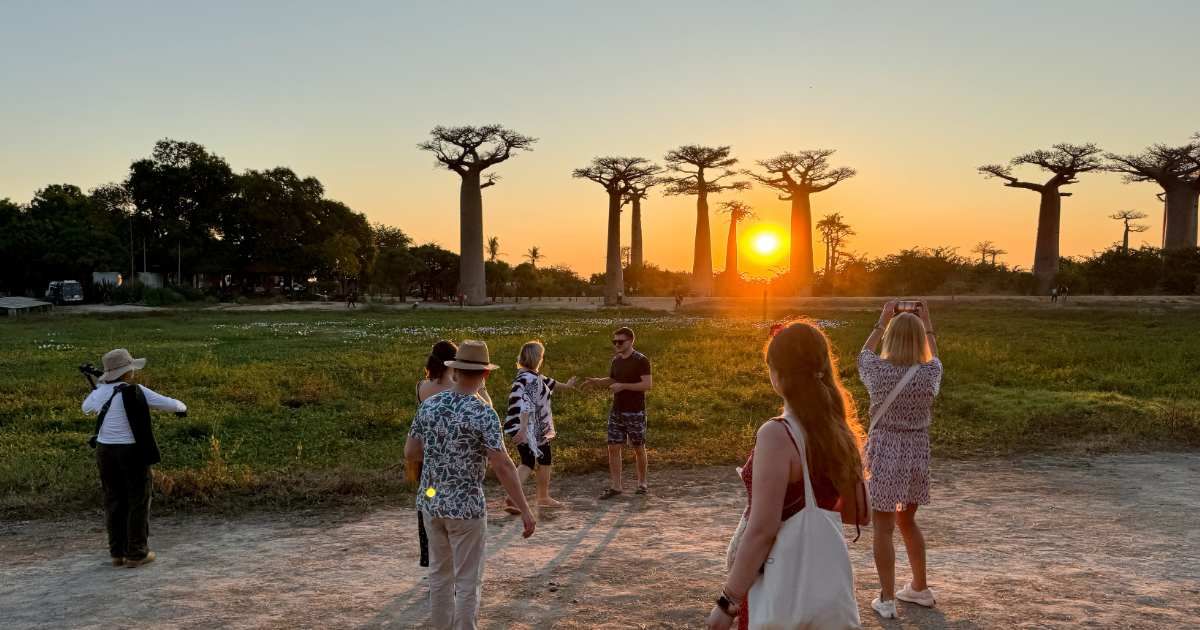
Every life form thrives on a relationship with another life form, whether or not they are aware of it. Take animals and trees. In an almost mysterious affair, wild animals roam around forests, plucking fruits and leaves from the tree canopies. The seeds they expel in their poop end up helping these trees reproduce through seed dispersal; a perfect symbiosis that keeps the forest’s ecosystem thriving, as researchers describe in a study published in Biotropica.
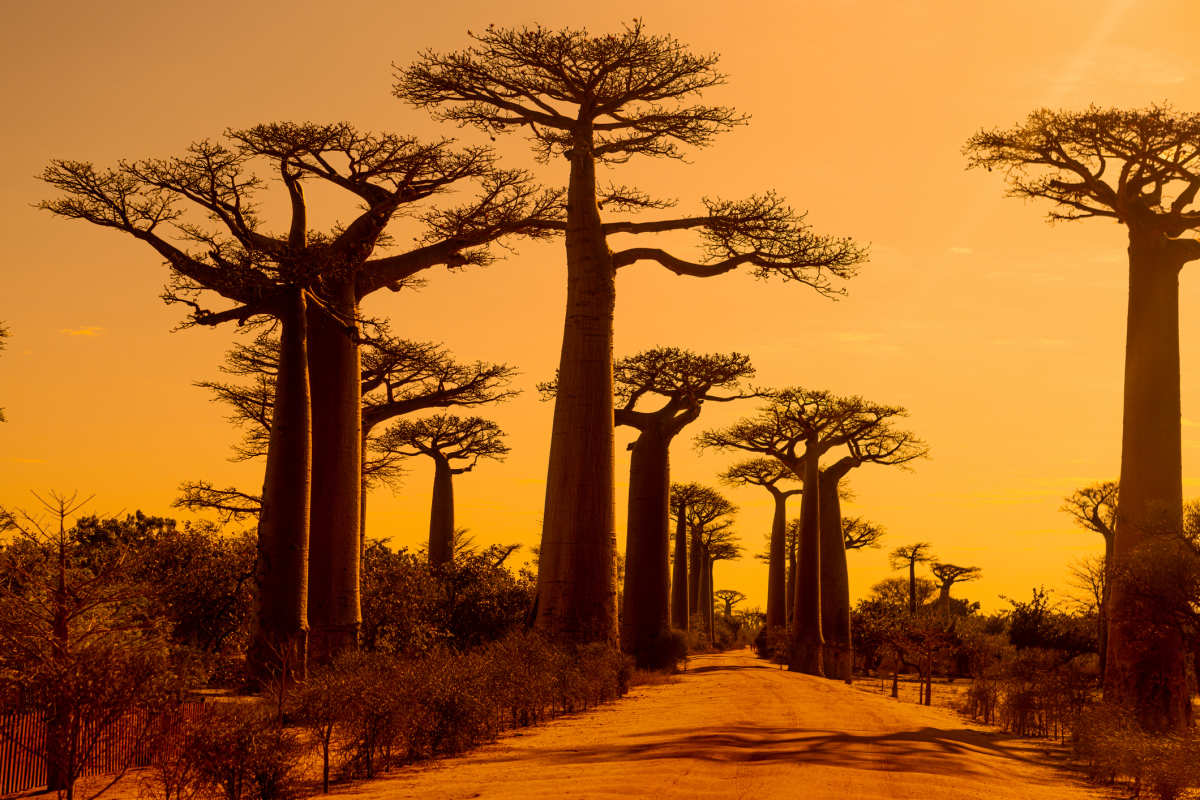
Seheno Andriantsaralaza, a tropical ecologist and biologist from the University of Antananarivo, had been keeping an eye on Madagascar’s rare baobab trees and how thousands of them were dying each year. Writing in The Conversation, she revealed how she and her colleagues experimented with different methods to figure out how these threatened trees could be saved.
Madagascar is the most plausible centre of origin for the baobab tree, says genomic analyses of all known species in Nature. Findings provide insights into evolutionary history of the baobab and how to develop conservation strategies in a changing world: https://t.co/jZTPL40BPE
— Springer Nature (@SpringerNature) May 15, 2024
Hailed as the “Tree of Life,” a baobab is a rare giant that can live up to 1,000 years. Shaped like a gigantic barrel, its huge, distinctive trunk can store boatloads of water, which means it remains happy without long bouts of rainfall. Six of the eight indigenous baobab trees in the world are found in Madagascar’s forests. However, in recent years, the trees have come upon a peril. As wild animals disappear from the forest, the trees are left orphaned. There is no one to disperse their seeds and help them reproduce.
Andriantsaralaza's team employed methods like direct observation, camera trapping, manual seed dispersal, and monitoring seed-infused poop droppings to determine what could help these trees reproduce. In 2020, she collaborated with the ARO Baobab Project by Berkeley University’s researchers, which aimed to restore the baobab forests. The first method she used was to experiment with different animals to find out whether they were capable of dispersing baobab seeds. It took two long years to arrive at the results. They hosted auditioning rounds for the selected animal candidates to see who could play this beautiful role in baobab’s sustainability and reproduction.
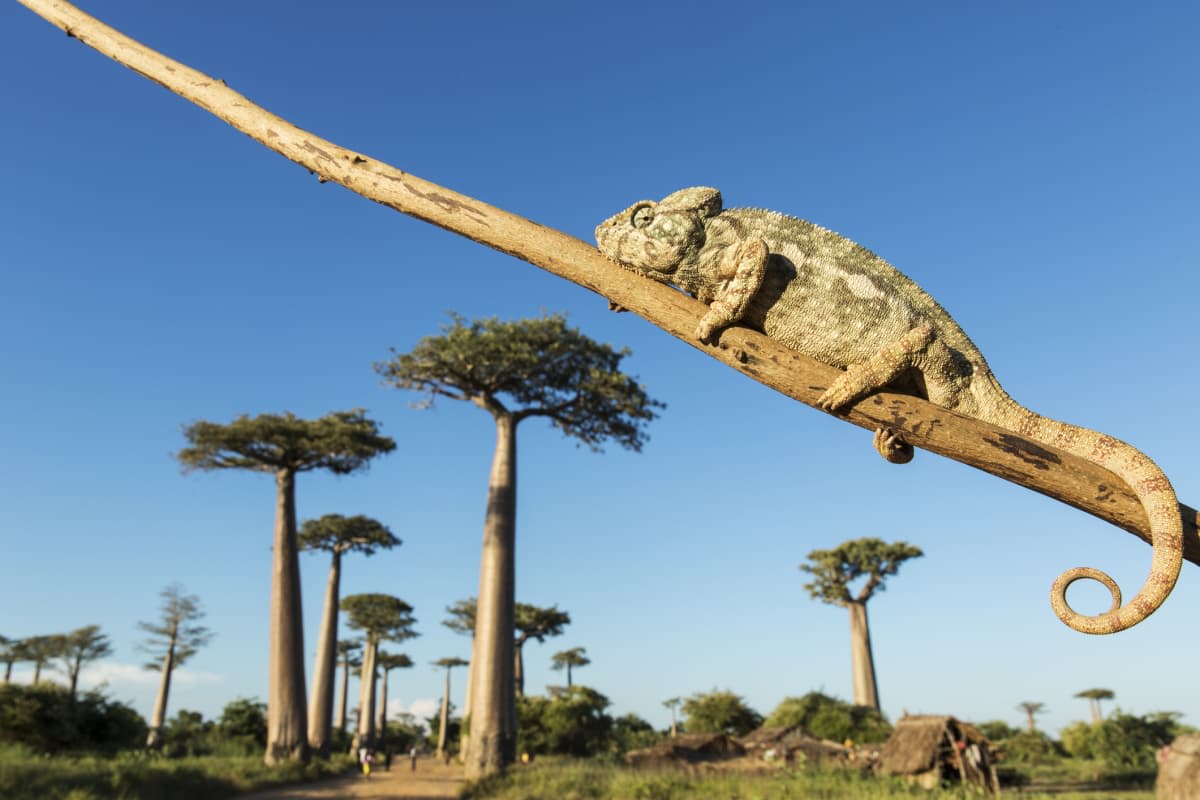
The first candidate, Microlemurs a.k.a. Microcebus, didn’t succeed. Their teeth were not strong enough to crack open the baobab fruit and release the seeds. Another candidate, the leviathan lemurs, Eulemur rufifrons, were one step ahead, but they didn’t succeed either. Although they were capable of bursting the baobab fruits, they couldn’t play this role as they were no longer living in these baobab forests. Then, there were runner-ups. Giant tortoises, Aldabrachelys gigantea, for example. 15 days after they ate the baobab fruits, Andriantsaralaza and her team found the seeds in their poop.
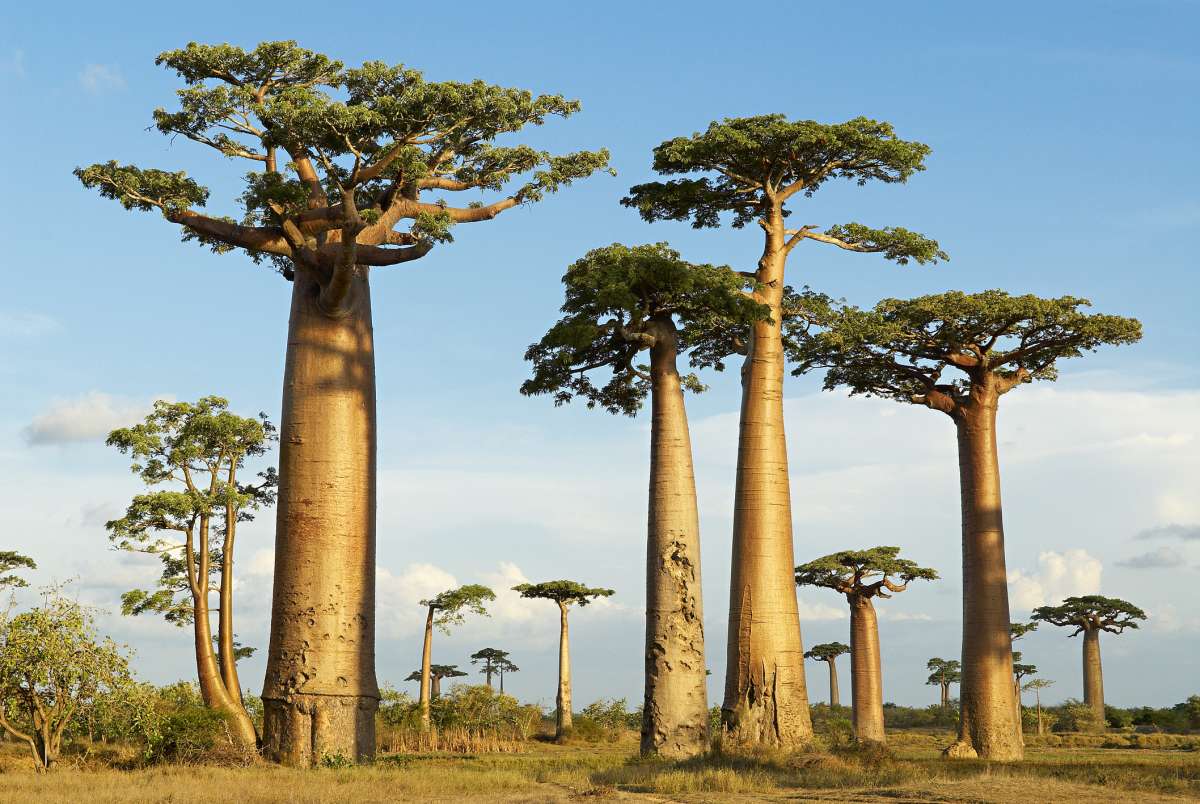
Throughout this period, as they walked, carpeting the trails of their poop into the forest pathways, the seeds were getting dispersed and germinating into healthy baobabs. In the end, the hero’s role was grabbed by Eliurus myoxinus, a rodent that tends to travel long distances with baobab fruits clinging to its body. While they crawled and leapt through the forest, the seeds kept on dispersing on the floor. Bush pigs became the supporting actors in the overall dynamics.
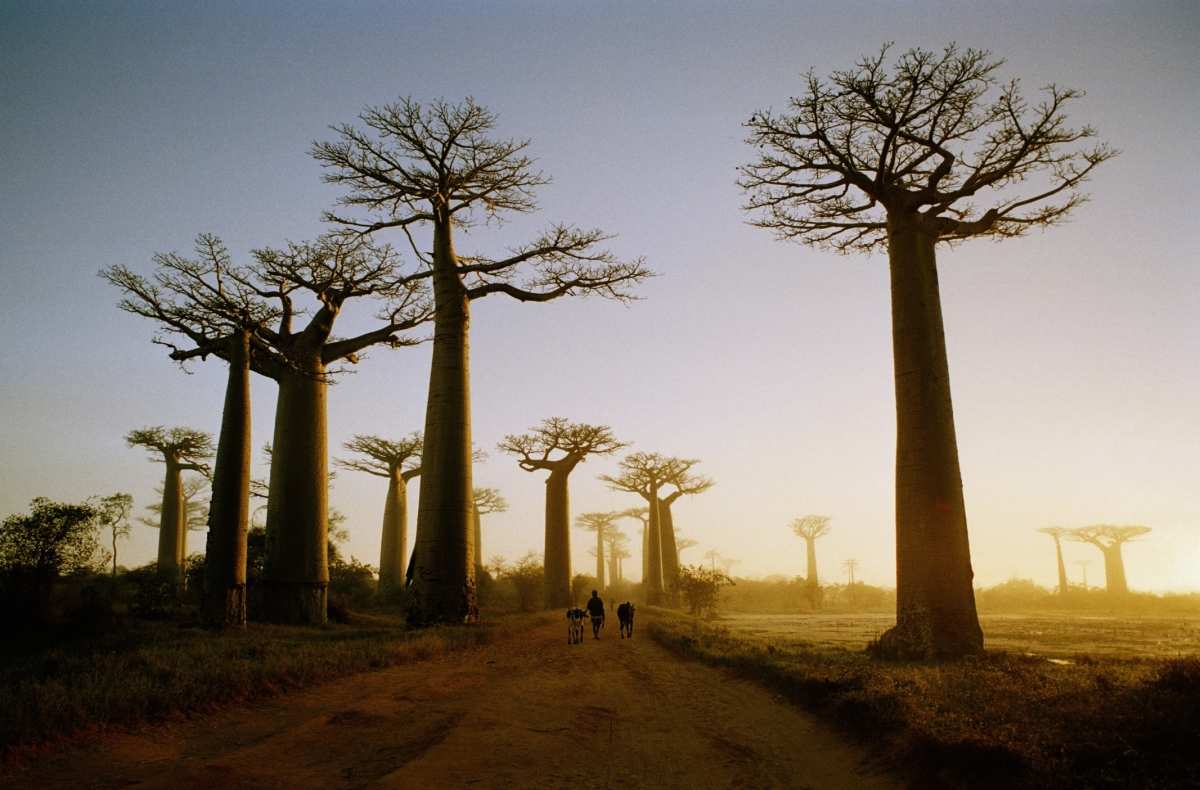
But the entire animal drama didn’t prove to be adequate for dispersing enough baobab seedlings. Where animals weren’t enough, the team sought help from technology. They partnered with EOS Data Analytics, a company that uses artificial intelligence, remote sensing, satellite footage, and algorithm data to monitor the health of the forest trees. Using their technologies, the team compared footage of baobab from 2020 with the one from 2023. Results were positive. During this period, the health of the forest had significantly improved, with more baobabs, healthier baobabs, and happier baobabs.
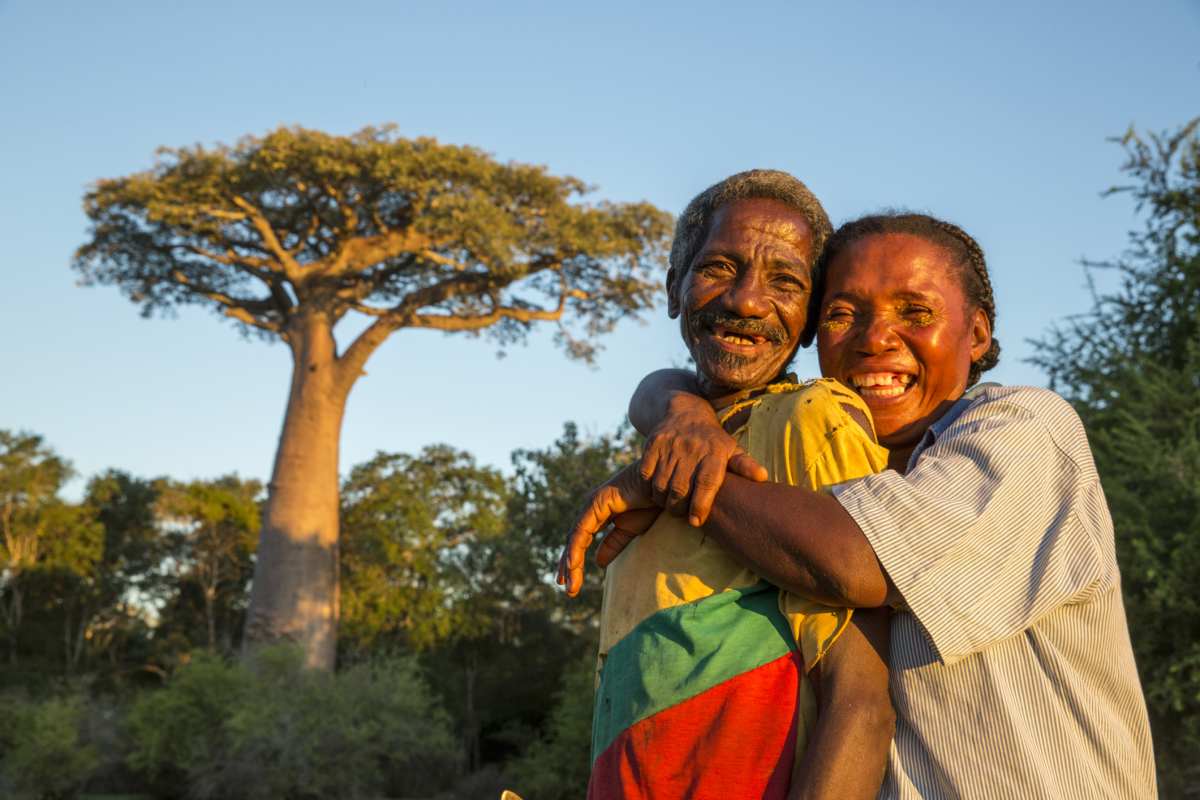
The upswing in the tree numbers didn’t just benefit the Madagascar forest, but also enabled local women to rise into better leadership positions. The team collaborated with these women, urging them to participate in the tree conservation projects and generate extra income.
More on Green Matters
Researchers Use AI to Find a Partner for the World’s Loneliest Plant and Save It From Extinction
A 'Lazy Sloth' Robot Hanging on Forest Trees is Quietly Protecting Our Planet: 'Slow is Better'